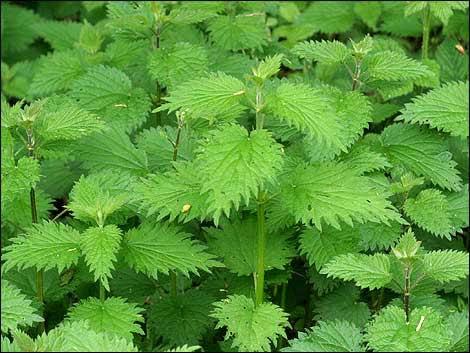The Days are now getting longer, so help yourself to some fresh seasonal flavours like leek, spinach, wild nettles. All now starting to bring a bit of colour to the month of March.
Cauliflower
Memories of smelly school dinners all too much? Look again. One of the few vegetables that is in season in Britain almost all year round, the versatile cauliflower is having a comeback.
Delicious roasted with spices like cumin and coriander and served with a good sprinkling of sea salt and a squeeze of lemon.
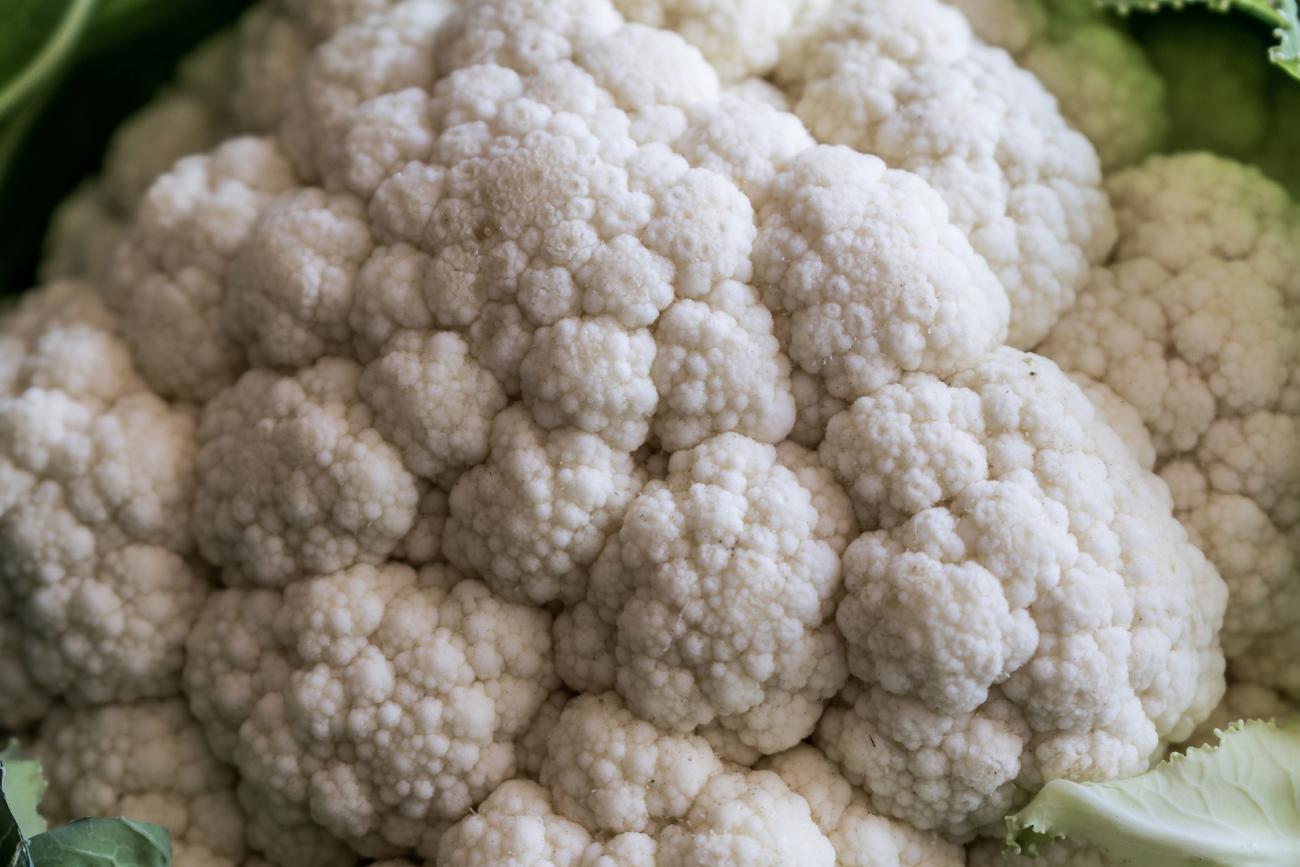
Jersey Royal
The Jersey soil is light and well drained and many farmers still use seaweed harvested from Jersey beaches as a natural fertilizer (it is known locally as Vraic). Jersey has some of the most formidable tidal flows in the world, and the strong movement of the sea deposits large quantities of vraic on the shore. The practice of using vraic on the land dates back to the 12th century.
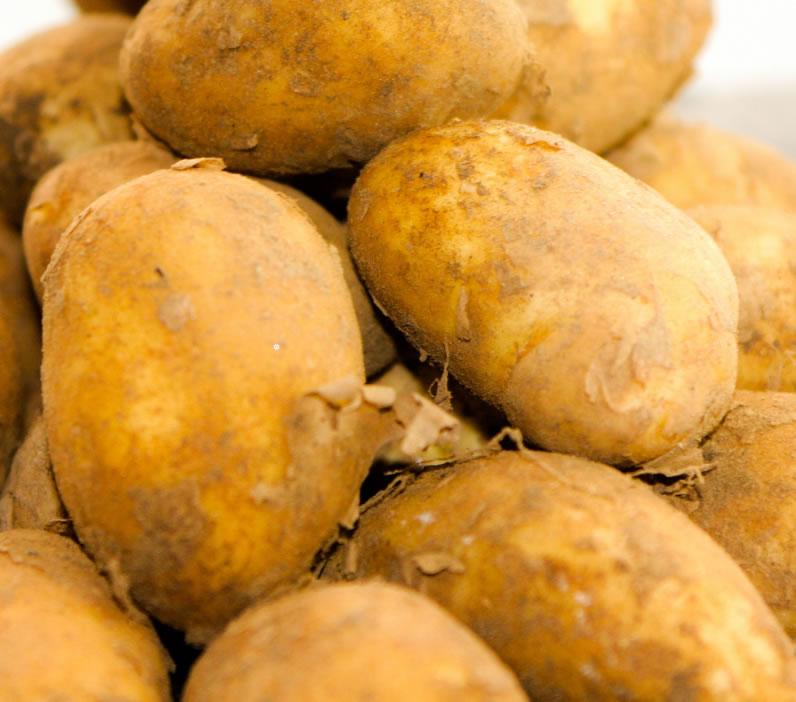
Kale and Cavolo Nero
Both kale and winter cabbages such as Cavolo Nero (black cabbage) are a very handy ingredient for seasonal eaters as it is one of the few green vegetables that is more abundant and flavourful during the coldest months of the year. It can be substituted for cabbage or spinach and makes a fine side dish when blanched and sautéed with garlic (a little soy and a sprinkling of chopped, roasted nuts is a lovely addition).
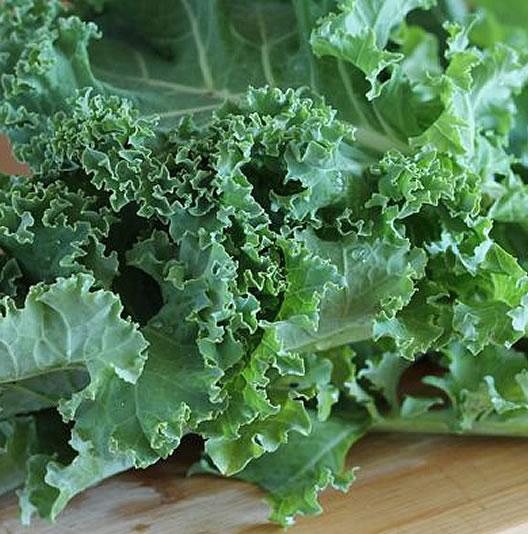
Leeks
Leeks are very versatile and work well cooked in various recipes or as a side dish. Like creamed leeks, rich double cream salt and pepper.
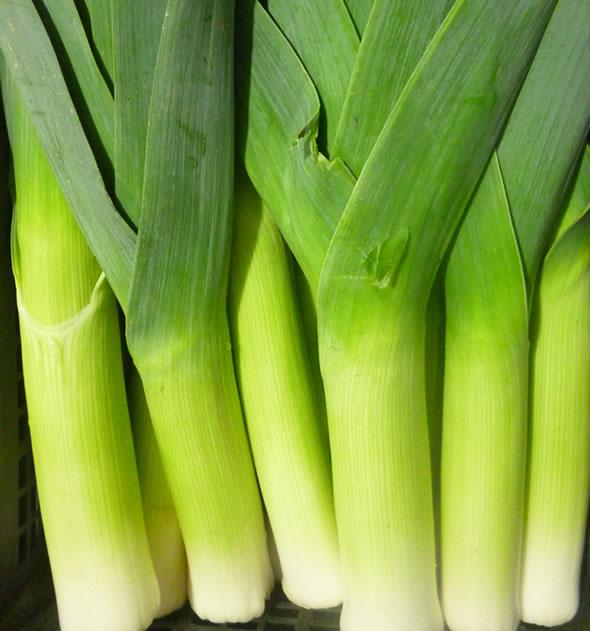
Purple Sprouting Broccoli
After a fairly sparse couple of months on the leafy veg front, the start of the purple sprouting broccoli season marks a welcome addition to the winter vegetable palate. Simply steamed or boiled, it partners almost any fish or meat dish. Purple sprouting broccoli was initially cultivated by the Romans. Broccoli has been grown in the UK since the early 18th century, although the purple sprouting variety has only risen to prominence in the last 30 years

Rhubarb
Botanically, rhubarb is a vegetable (it’s related to sorrel and dock) but its thick, fleshy stalks are treated as a fruit, despite their tart flavour.
Rhubarb grows in two crops. The first, which arrives early in the year, is forced, grown under pots, particularly in what’s known as the ‘rhubarb triangle’ around Leeds, Wakefield and Bradford. Its stalks are watermelon pink, with pale lime green leaves, and it is the more tender and delicately flavoured of the two.
The second, called maincrop rhubarb, is grown outdoors, and arrives in spring. Its stalks are a deeper red, tinged with green, and its leaves a brighter green. It has a more intense flavour and a more robust texture than forced.
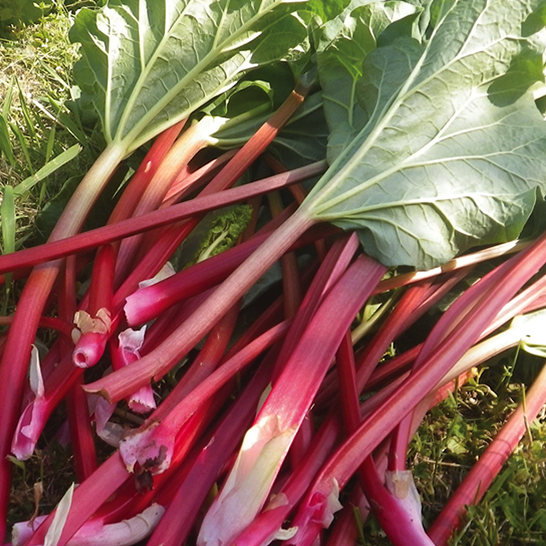
Savoy Cabbage
This late maturing Savoy Cabbage produces high quality heads that remain bright and fresh late in the season when other varieties begin to look tired. The attractive furrowed leaves retain their dark blue-green colour throughout winter, and stand well over a long period.
Dark-green winter cabbage with attractive, crinkled and blistered leaves and a robust flavour and texture. Steamed, boiled or braised.
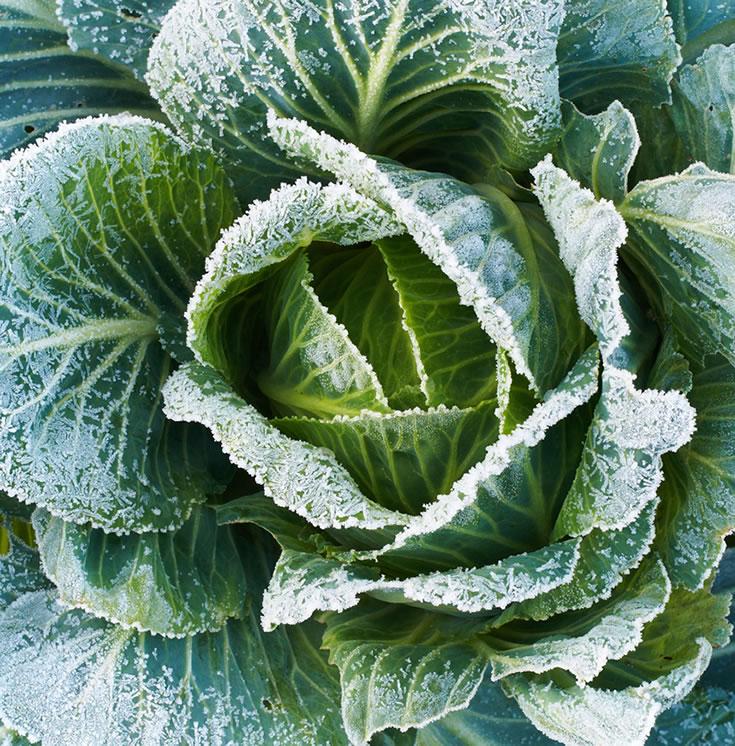
Spinach
The distinctive, slightly bitter/metallic flavour of spinach makes it something of a ‘love it or hate it’ food. Spinach is available year-round, but the freshest, but most tender spinach is most easily obtainable in the spring. It is thought that spinach was first cultivated in southwest Asia. Trade routes through the Middle East took it to North Africa, from where it was introduced to Europe by the Moors by the twelfth century.

Spring Green Cabbage
Spring greens are actually young, tender cabbage plants and are sold as loose heads of thick green leaves. Spring greens do not have the hard core which is found in the middle of fully-grown cabbages. A squeaky-leaved spring green cabbage is a thing of beauty and vitality. Fragrant and nutty, this cabbage is perfect in spring, crispy salads and also great in bubble and squeak, with smoked bacon and a poached egg.
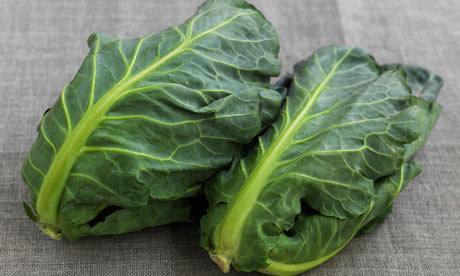
Spring Onions
Serve spring onions in salads, or sprinkled over Chinese dishes (particularly steamed fish), or stirred into raita or traditional Irish champ (mashed potatoes speckled with chopped spring onions). They can also be brushed with olive oil and chargrilled whole.

Wild Nettles
Get your gloves on to forage for wild plants like nettles – once cooked they have a spinach or cabbage flavour.
